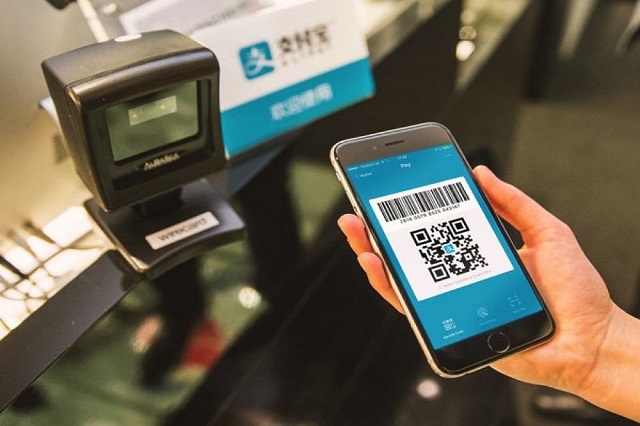
Singapore emerged the 3rd largest market in Southeast Asia for Chinese tourists spending over Chinese New Year, with an increase of 34% in average spending per Chinese tourist, according to findings from Alipay on overseas spending and mobile payment behavior of Chinese consumers across the 54 markets where Alipay is accepted during the 2019 Lunar New Year period (4-10 February).
60% of merchants that had adopted Alipay reported growth in revenue and foot traffic. It also highlights how the use of Alipay has become mainstream, as the older generations catch up with their younger peers in embracing digital payment.
The key findings reveal:
- Both transaction values and volumes experienced robust growth.
- Offline in-store transaction value surged 2.2 times year-on-year.
- Asian countries still dominate the top in terms of transaction volume with the exception of Canada, which climbed to the tenth spot due to increased adoption by local merchants and large retailers.
- Singapore remains in third place in Southeast Asia terms of transaction volume after Thailand and Malaysia and ranks in eighth place globally.
- Transaction volume in Singapore doubled, and the average spending per Chinese tourist in Singapore increased by 34 percent
- The highest number of transactions in Singapore occurred at airport terminals and in taxis.
- Taxi transaction volume in Singapore this year was 1.92 times more than last year, and there was an increase of 5% in spending.
- Transaction volume on Sentosa tripled, with over 70% acceptance rate on the island.
Alipay and Singapore’s Resorts World Sentosa (RWS) have deepened their strategic partnership to enhance the travel experience of Chinese visitors
In terms of product and outlet categories, Chinese tourists shopped more frequently in department stores and luxury shops in Europe, while those who traveled to Asian countries favored pharmaceutical and cosmetics shops and convenience stores.
In addition, preliminary findings released last week show:
Average consumption growth through Alipay by travelers from third-and-fourth-tier cities in China outpaced those travelers from the top-tier cities, such as Beijing, Shanghai and Guangzhou. Middle-aged travelers, which are categorized into two groups – post-60s (those who were born between 1960 – 1969) and post-70s, were the main driving force in outbound tourism and overseas consumption.
China saw 150 million outbound person-trips in 2018, up 14.7%